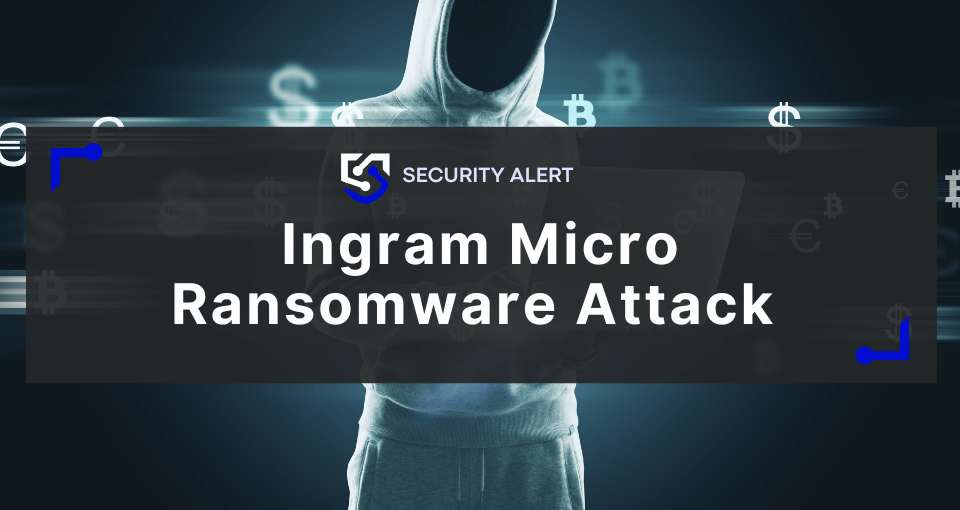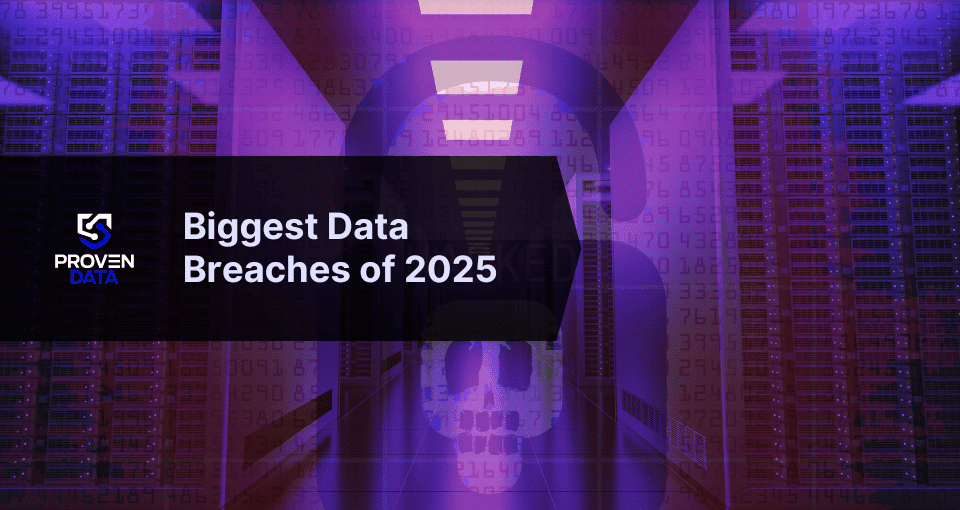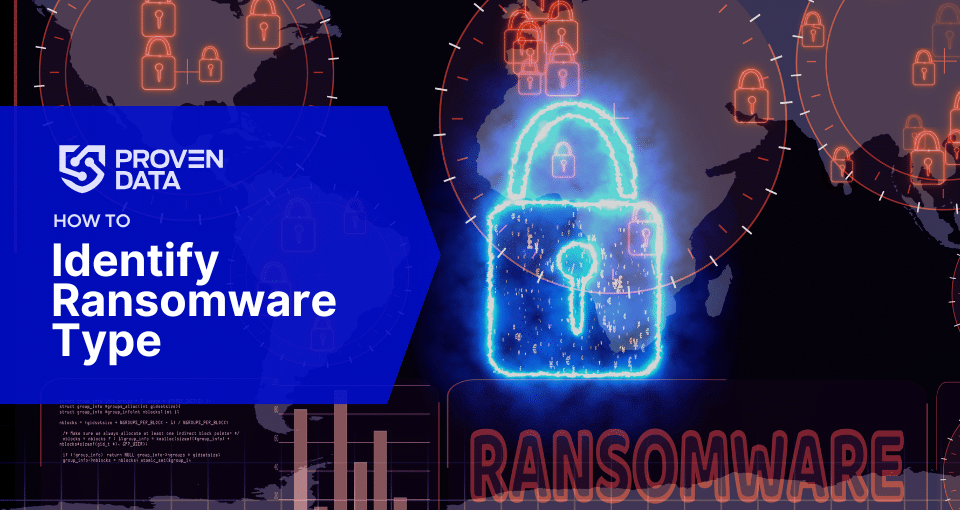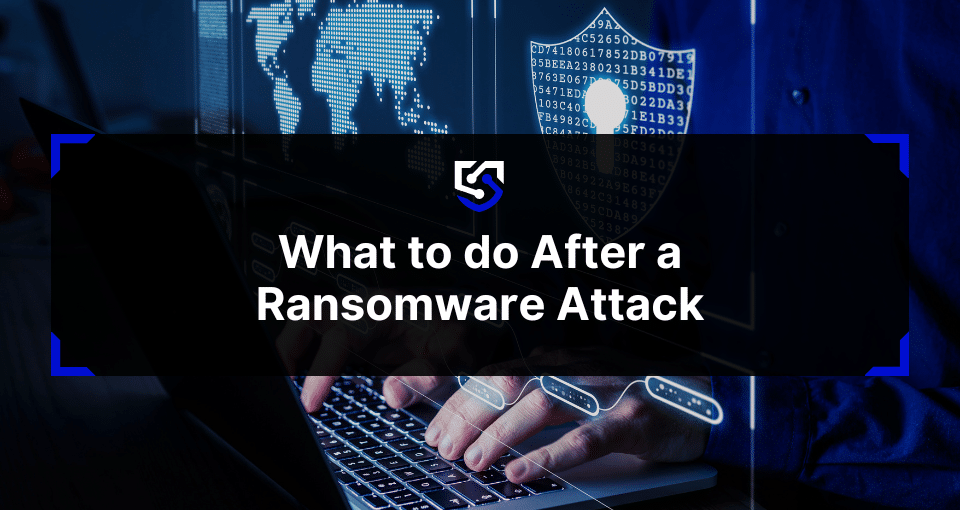- The Ingram ransomware attack started in early July 2025 and stands out due to the total blackout in communication.
- The attack is attributed to the SafePay ransomware group, which has been active since 2024.
- Key actions that would have helped both prevention and recovery include a Zero-Trust Architecture and EDR, as well as a communication plan in the IRP.
In early July 2025, the global IT ecosystem was shaken by a debilitating ransomware attack on Ingram Micro, one of the world’s largest and most critical technology distributors. The incident, attributed to the SafePay ransomware group, was not merely a technical failure but a strategic assault on a central node of the global IT supply chain.
The attack paralyzed operations, severed communication lines with thousands of partners, and exposed the profound fragility of highly interconnected digital business platforms.
Ingram Micro failures and attack outcomes
The attack on Ingram Micro was a textbook case of modern cyber warfare, combining technical exploitation with a holiday weekend launch to maximize disruption.
Around July 3, 2025, attackers took down core business platforms, including the AI-powered Xvantage distribution system, immediately halting quotes, orders, and license management for key services.
The technical crisis was quickly compounded by a communication breakdown. For a critical 36-48 hour period, Ingram Micro remained silent before releasing a statement that initially described the event as “technical difficulties”. This information vacuum fueled partner frustration, with one CEO calling the situation their “worst nightmare come true” due to the complete lack of information.
Official confirmation of a “ransomware” incident only came on July 5, long after news outlets had broken the story. This reactive communication strategy stands in stark contrast to best practices, which call for prompt and transparent updates.
The financial blow was significant, with analysts estimating the outage cost Ingram Micro over $136 million in lost revenue per day. The attack also disrupted the critical end-of-quarter sales push for major partners like Dell, HPE, and Cisco.
Beginning on July 8, Ingram Micro initiated a layered recovery, first enabling subscription-based orders and then allowing some countries to place orders via phone or email. By the evening of July 10, Ingram Micro announced that all business operations had been restored globally.
SafePay ransomware group
The adversary behind the attack, SafePay, is a sophisticated and disciplined group that has rapidly become one of the most active threats in the ransomware landscape. First appearing in late 2024, SafePay operates as a closed, centrally controlled organization, developing and deploying its own ransomware. This structure prioritizes operational security and precision, differing from the more common Ransomware-as-a-Service (RaaS) model.
The group’s primary initial access vector is the exploitation of remote access services like VPNs and RDP that lack multi-factor authentication (MFA). Once inside, they use “living-off-the-land” techniques, employing legitimate system tools like PowerShell to execute malicious payloads and evade detection. In line with modern extortion tactics, SafePay employs a double-extortion model, exfiltrating sensitive data before encryption and threatening to publish it on their dark web leak site if the ransom is not paid.
Ingram Micro ransomware attack lessons
The true ransomware cost to a business includes business interruption, alongside expenses for incident response experts, legal counsel, and public relations. It’s critical to add to the account the long-term damage to reputation, increased insurance premiums, and the permanent loss of customers.
Key recommendations for businesses
- Fortify Technical Defenses
Mandating MFA for all remote access is the single most critical defense. Adopting a Zero-Trust Architecture with network segmentation can contain a breach, while advanced Endpoint Detection and Response (EDR) tools can identify “living-off-the-land” attacks. Finally, resilient, air-gapped backups are non-negotiable for recovery.
- Build Organizational Resilience
A formal, documented, and regularly tested incident response plan is essential for a quick response and to mitigate the attack impact. This must be supported by continuous security awareness training for all employees and a robust Third-Party Risk Management (TPRM) program to vet the security of critical suppliers.
- Master Crisis Communications
An organization’s response is judged as critically as its defenses. A pre-planned communication strategy is vital. Acknowledge an incident within the first hour, even if details are scarce. Be transparent, centralize all updates to a single source of truth, and avoid definitive statements that may need to be retracted. Proactive communication is the only way to maintain trust.
Conclusion
The Ingram Micro ransomware attack was a watershed moment, laying bare the systemic risks in our interconnected IT supply chain. It proved that operational resilience is not just about firewalls but about the strength of partner relationships, the clarity of crisis communications, and the robustness of organizational processes.
For organizations looking to defend against and recover from such incidents, partnering with professional ransomware recovery services can provide the expertise needed to navigate the complexities of an attack and restore operations.







